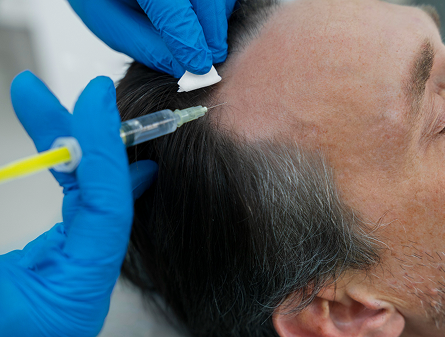Pulsed Electromagnetic Field (PEMF) therapy uses low-frequency electromagnetic fields to encourage healing in tissues. It can be used to prolong the growth phase of the hair growth cycle in order to prevent hair shedding.
Finasteride is a hair regrowth medication for male pattern hair loss. It can be taken as an oral supplement or applied as a topical solution. It works by blocking the production of dihydrotestosterone (DHT) to help hair regrow thicker and healthier. PEMF is a non-invasive treatment that does not have any reported side effects.
Finasteride is a daily treatment that needs to be maintained to benefit from the medication. Explore the comparison table below and see if PEMF or finasteride are right for you.
- PEMF treatment is more appealing to individuals who want a non-invasive, chemical-free therapy
- PEMF stimulates the scalp through electromagnetic fields while finasteride works hormonally on DHT.
- PEMF offers a localised solution for users, avoiding pharmaceutical options.
- Finasteride is preferred by those looking for proven, internal mechanisms to slow hair loss.
- Finasteride works hormonally on DHT, the hormone that causes follicle miniaturisation, leading to hair loss.
- Finasteride suits users who are accustomed to oral daily medication and its systemic side effects.
- PEMF may require a higher upfront investment in a device.
- Long-term use incurs no ongoing costs, making it more economical over time than daily medication.
- Finasteride appears cheaper initially due to low per-tablet costs.
- Long-term dependence can result in higher cumulative expenses than a one-time PEMF device.
- Depending on the user’s schedule, PEMF treatments can be adjusted in frequency and duration.
- Offers more flexibility than finasteride’s strict daily routine.
- Finasteride demands a consistent daily intake to remain effective.
- May be less adaptable than PEMF’s adjustable usage schedule.
- PEMF enhances blood circulation and cell regrowth directly in the scalp.
- Unlike finasteride, which acts systemically by altering hormone balance in the entire body.
- Finasteride changes underlying hormonal activity to prevent follicle miniaturisation
- Compared to PEMF, which encourages hair growth by stimulating scalp health without affecting hormones.
- PEMF does not have any systemic side effects.
- It is a suitable alternative for those worried about finasteride-disrupting hormones.
- Finasteride carries recognised risks, including loss of libido and hormonal changes,
- These are completely preventable with the choice of a non-hormonal therapy like PEMF.
- PEMF requires dedicated time for each session and the use of a specialised device.
- It may feel more involved than simply taking a pill.
- Finasteride offers greater ease through a once-daily oral dose.
- Compared to PEMF, which demands more routine engagement despite its non-invasive format.
- PEMF devices can be purchased online and do not require prescriptions.
- Offers broader access than prescription-only finasteride.
- Finasteride is widely available through GPs and telehealth.
- Its prescription requirement may limit immediate access compared to PEMF.
- Results from PEMF depend on continued use.
- It may taper slowly after stopping, unlike finasteride, which typically causes rapid shedding if discontinued.
- Finasteride’s benefits reverse quickly when stopped.
- Compared to PEMF, which allows for a more gradual transition if treatment ends.
- PEMF is often combined with topical or oral therapies to enhance outcomes.
- This makes it a strong complementary option alongside finasteride.
- Finasteride can also be combined with PEMF to target hormonal and scalp-stimulation pathways.
- Offers a broader treatment effect than alone.
- PEMF attracts patients who prefer a hands-on, drug-free solution that supports wellness without internal side effects.
- Unlike finasteride’s hormone-based mechanism.
- Finasteride provides peace of mind to patients who want proven, low-effort treatment.
- PEMF requires more involvement but offers reassurance through its natural, external process.
- PEMF supports hair regrowth, improves circulation, and reduces scalp inflammation
- It offers broader scalp health benefits than finasteride.
- Finasteride is focused exclusively on DHT suppression and does not improve overall scalp health.
- This is contrasted in the way PEMF may work through local stimulation.
- PEMF is environmentally friendly due to its reusable nature and lack of consumable waste.
- This contrasts with finasteride’s continuous packaging and pharmacy materials.
- Finasteride’s regular packaging creates small but ongoing waste.
- Compared to PEMF, which generates little to no waste after the initial purchase.
Shop our hair solutions
We are committed to providing affordable hair regeneration services for people all over Australia. Our formula can help you regain your confidence.
Shop Now

PEMF vs Finasteride Hair Loss Treatment Comparison Summary
PEMF therapy can be used to achieve short-term results after 3-4 months of use. Finasteride is designed to be taken for a long period to achieve the best results and consistent use is needed to maintain these results.
PEMF therapy may not be widely available as a newer technology with only one at-home device on the market currently which is specifically designed to treat hair loss. Because of this, the cost is also quite high and your local dermatologist may not have a clinical-grade device. Finasteride is widely available with online prescriptions available from a virtual consultation.
This means it can be delivered right to your door without the need for any clinical visits. PEMF therapy can be a significant time commitment as clinical visits will require one to two sessions a week to begin with before reducing over time.
If using an at-home device it is recommended to use it daily for 30 minutes at a time. Finasteride is a daily pill or topical solution applied every day meaning it is less intrusive to your daily routine.
User Guidance
PEMF therapy requires semi-regular sessions to enjoy the results. Over time, your initial results can diminish without top-up treatments meaning it might not be suitable as a long-term solution. Finasteride needs to be taken daily to achieve results but it is designed as a long-term treatment.
PEMF treatments can be a good combination with other non-pharmaceutical treatments such as low-laser light therapy (LLLT) to target different biological pathways. Finasteride works well on its own or in combination with other nutraceuticals and pharmacological ingredients to tackle hair loss on different fronts.
Finasteride can be less of an up-front cost given you are paying for a daily pill which often contains other ingredients designed to fight hair loss making it good value for money.
Take Our Hair Loss Quiz to See Which Treatment Suits You?
Take A Hair Quiz

Frequently Asked Questions
We have put some commonly asked questions.
Nunc scelerisque tincidunt elit. Vestibulum non mi ipsum. Cras pretium suscipit tellus sit amet aliquet. Vestibulum maximus lacinia massa nontor.
Platelet-rich plasma (PRP) treatment involves drawing blood from the patient, isolating the beneficial nutrients and injecting it into the scalp where hair loss is occurring. This promotes hair growth and has many other applications from encouraging healing to skin rejuvenation.
Platelet-rich plasma (PRP) treatment involves drawing blood from the patient, isolating the beneficial nutrients and injecting it into the scalp where hair loss is occurring. This promotes hair growth and has many other applications from encouraging healing to skin rejuvenation.
Platelet-rich plasma (PRP) treatment involves drawing blood from the patient, isolating the beneficial nutrients and injecting it into the scalp where hair loss is occurring. This promotes hair growth and has many other applications from encouraging healing to skin rejuvenation.

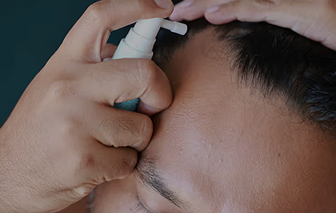

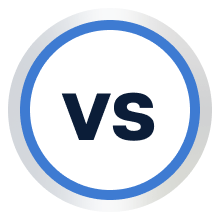

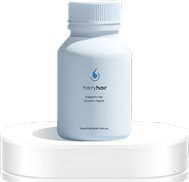
 See All
See All